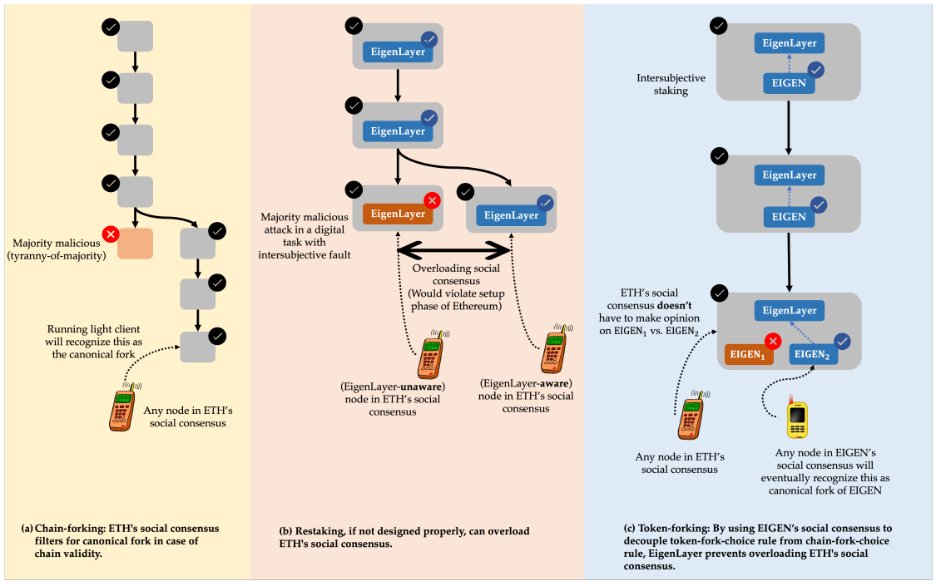
OG Protocol Specialist at @Coinbase. Investing in protocols, infrastructure, and crypto SaaS at @CrediblyNeutral
How to get URL link on X (Twitter) App


 2/ The Problem: Crypto is verifiable, but not fully programmable.
2/ The Problem: Crypto is verifiable, but not fully programmable.